Muhammad Khalid
Mapping the Mind of an Instruction-based Image Editing using SMILE
Dec 20, 2024Abstract:Despite recent advancements in Instruct-based Image Editing models for generating high-quality images, they are known as black boxes and a significant barrier to transparency and user trust. To solve this issue, we introduce SMILE (Statistical Model-agnostic Interpretability with Local Explanations), a novel model-agnostic for localized interpretability that provides a visual heatmap to clarify the textual elements' influence on image-generating models. We applied our method to various Instruction-based Image Editing models like Pix2Pix, Image2Image-turbo and Diffusers-Inpaint and showed how our model can improve interpretability and reliability. Also, we use stability, accuracy, fidelity, and consistency metrics to evaluate our method. These findings indicate the exciting potential of model-agnostic interpretability for reliability and trustworthiness in critical applications such as healthcare and autonomous driving while encouraging additional investigation into the significance of interpretability in enhancing dependable image editing models.
Deep Reinforcement Learning based Evasion Generative Adversarial Network for Botnet Detection
Oct 06, 2022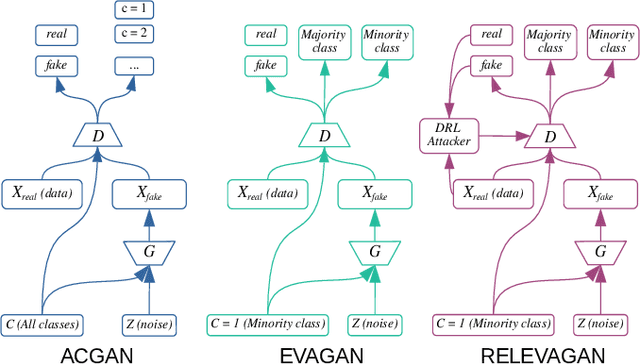
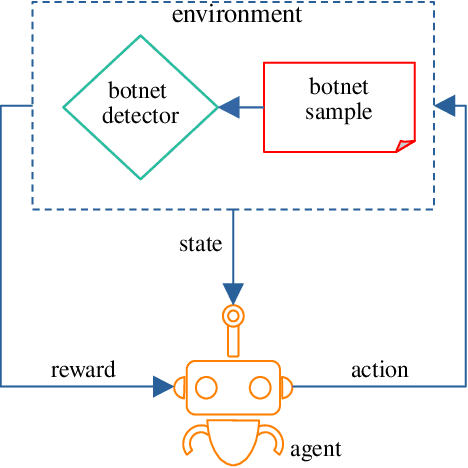
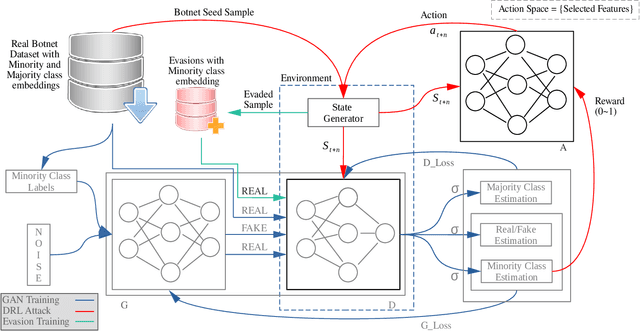
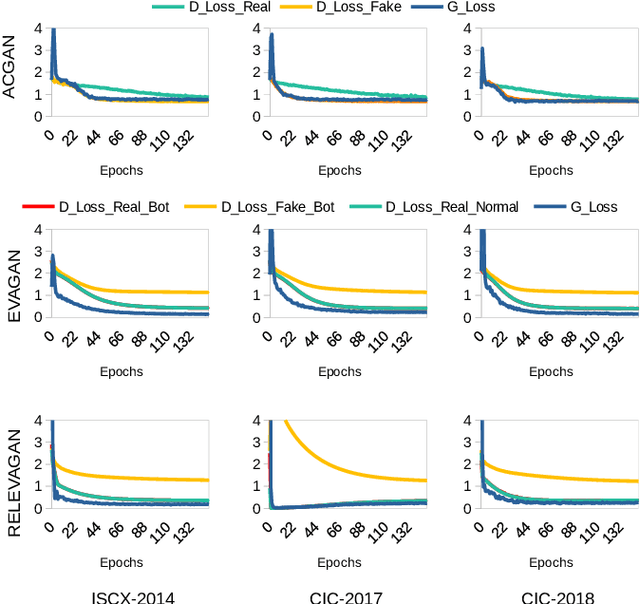
Abstract:Botnet detectors based on machine learning are potential targets for adversarial evasion attacks. Several research works employ adversarial training with samples generated from generative adversarial nets (GANs) to make the botnet detectors adept at recognising adversarial evasions. However, the synthetic evasions may not follow the original semantics of the input samples. This paper proposes a novel GAN model leveraged with deep reinforcement learning (DRL) to explore semantic aware samples and simultaneously harden its detection. A DRL agent is used to attack the discriminator of the GAN that acts as a botnet detector. The discriminator is trained on the crafted perturbations by the agent during the GAN training, which helps the GAN generator converge earlier than the case without DRL. We name this model RELEVAGAN, i.e. ["relive a GAN" or deep REinforcement Learning-based Evasion Generative Adversarial Network] because, with the help of DRL, it minimises the GAN's job by letting its generator explore the evasion samples within the semantic limits. During the GAN training, the attacks are conducted to adjust the discriminator weights for learning crafted perturbations by the agent. RELEVAGAN does not require adversarial training for the ML classifiers since it can act as an adversarial semantic-aware botnet detection model. Code will be available at https://github.com/rhr407/RELEVAGAN.
Learning-Based Path Planning for Long-Range Autonomous Valet Parking
Sep 23, 2021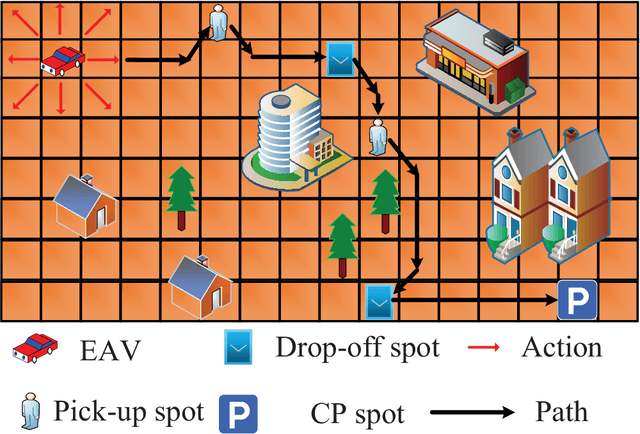
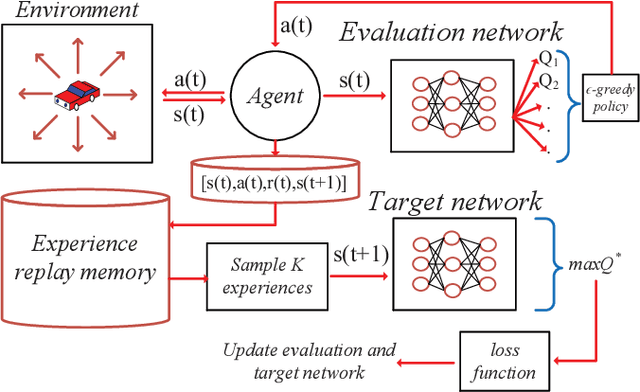
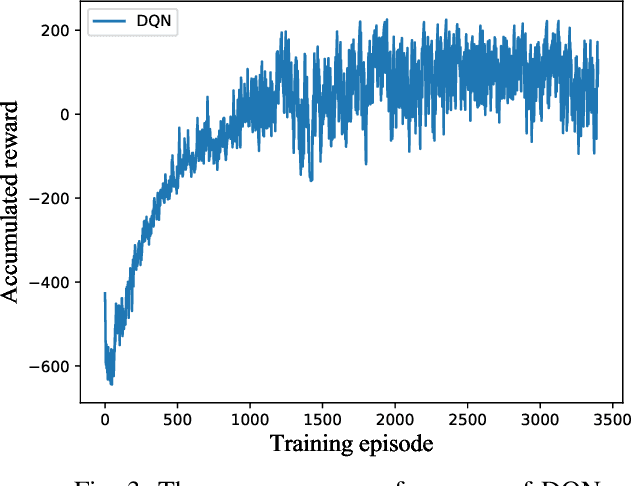
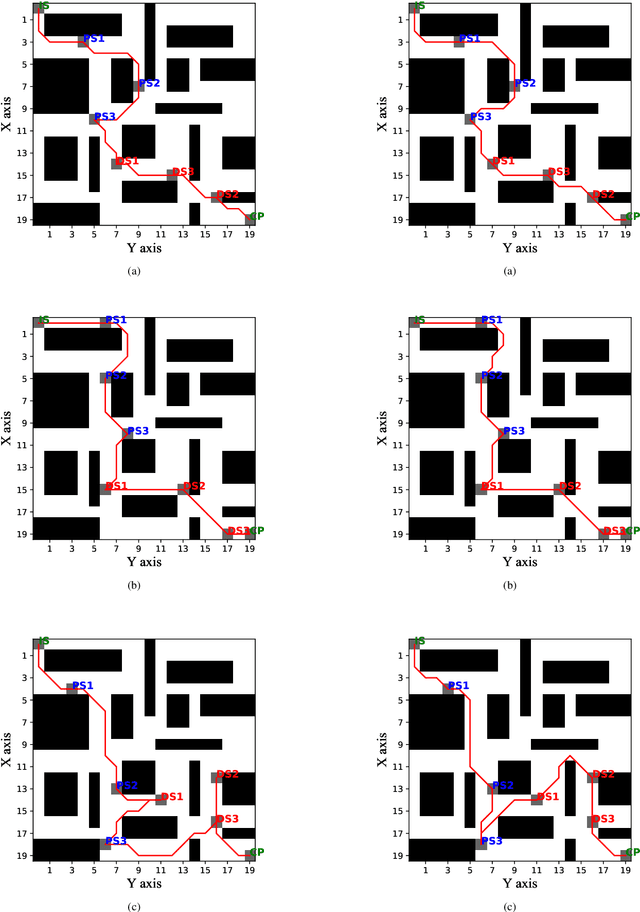
Abstract:In this paper, to reduce the congestion rate at the city center and increase the quality of experience (QoE) of each user, the framework of long-range autonomous valet parking (LAVP) is presented, where an Electric Autonomous Vehicle (EAV) is deployed in the city, which can pick up, drop off users at their required spots, and then drive to the car park out of city center autonomously. In this framework, we aim to minimize the overall distance of the EAV, while guarantee all users are served, i.e., picking up, and dropping off users at their required spots through optimizing the path planning of the EAV and number of serving time slots. To this end, we first propose a learning based algorithm, which is named as Double-Layer Ant Colony Optimization (DL-ACO) algorithm to solve the above problem in an iterative way. Then, to make the real-time decision, while consider the dynamic environment (i.e., the EAV may pick up and drop off users from different locations), we further present a deep reinforcement learning (DRL) based algorithm, which is known as deep Q network (DQN). The experimental results show that the DL-ACO and DQN-based algorithms both achieve the considerable performance.
 Add to Chrome
Add to Chrome Add to Firefox
Add to Firefox Add to Edge
Add to Edge